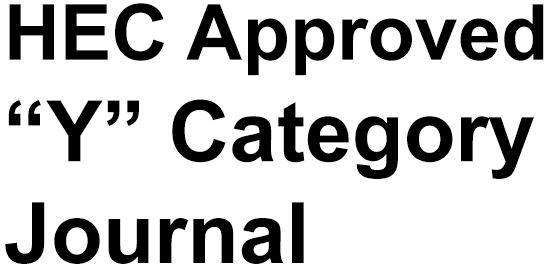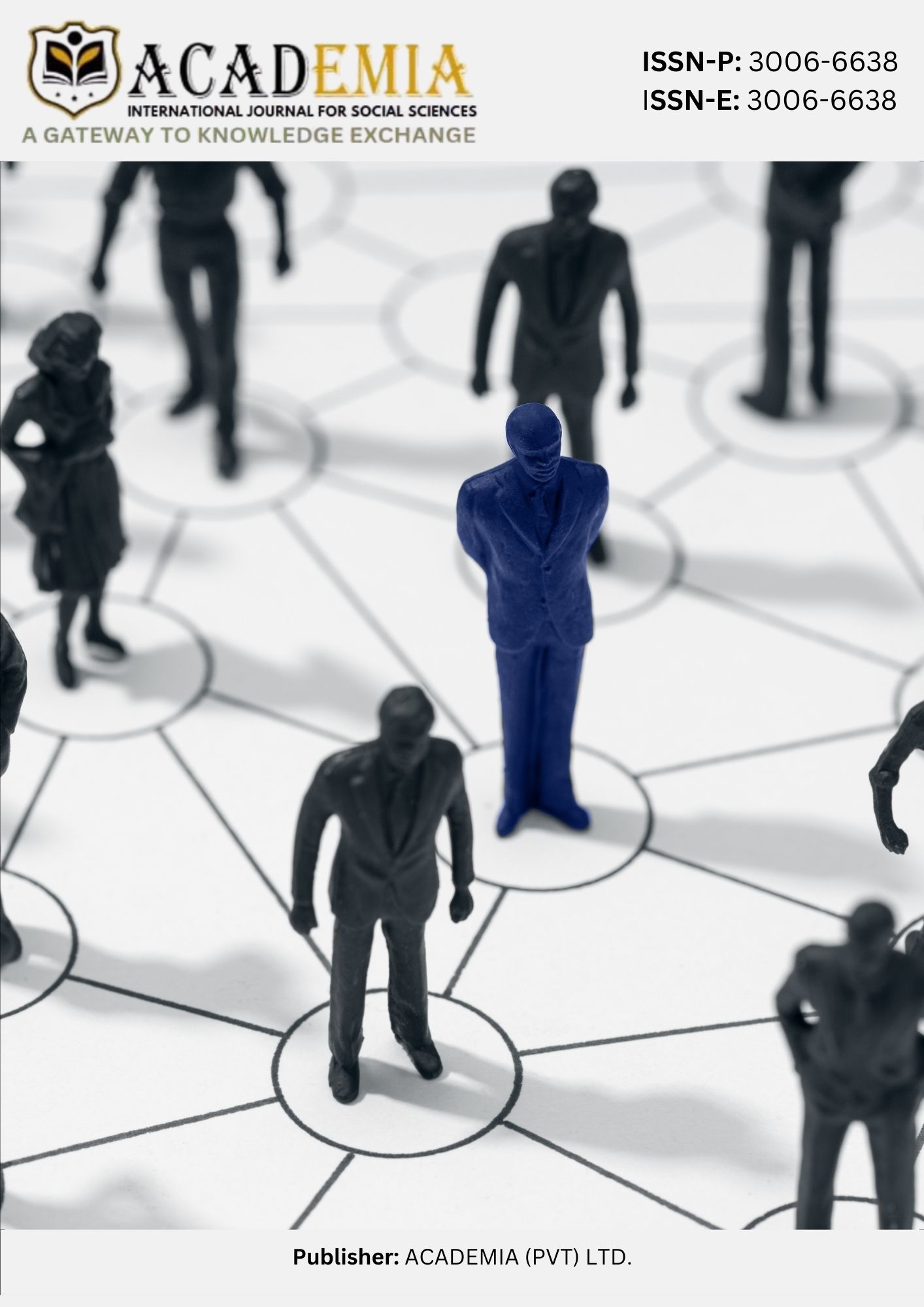Representation of Gender base Power Dynamics through Verbal Expressions in Pakistani Drama "Udaari"
DOI:
https://doi.org/10.63056/ACAD.004.02.0970Keywords:
Gender base power dynamics, gender inequality, power imbalanceAbstract
Language is not only a means of communication but also a tool for maintaining power imbalances between gender and social classes (Fairclough, 1995). This research aims to analyze the verbal expressions used by male characters to assert power and control over female characters in Pakistani drama, with a focus on whether the drama Udaari challenges or reinforces patriarchal norms. A qualitative research design was employed, using Critical Discourse Analysis (CDA) as proposed by Norman Fairclough as the theoretical framework (Fairclough, 2003). The sample consisted of selected episodes of the drama Udaari, where interactions between male and female characters were carefully examined. Data collection involved transcribing dialogues and identifying instances of verbal expressions that signal power dynamics, such as emotional blackmail, commands, threats, moral or religious justification, and other forms of authority assertion. Through systematic application of the CDA model, the study found that male characters frequently employ these verbal strategies to control female characters, highlighting existing gender hierarchies. The analysis also revealed that, while Udaari addresses social issues, it simultaneously reinforces traditional gender norms through recurring patterns of male dominance in dialogue and interactions.
Downloads
Published
Issue
Section
License
Copyright (c) 2025 Dr. Saima Jamshaid, Muqadas Fatima (Author)

This work is licensed under a Creative Commons Attribution 4.0 International License.












